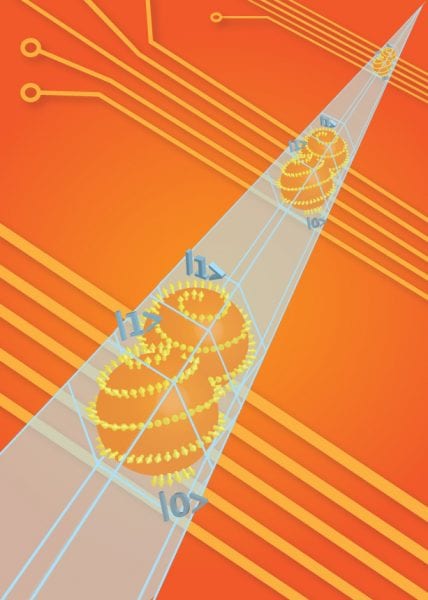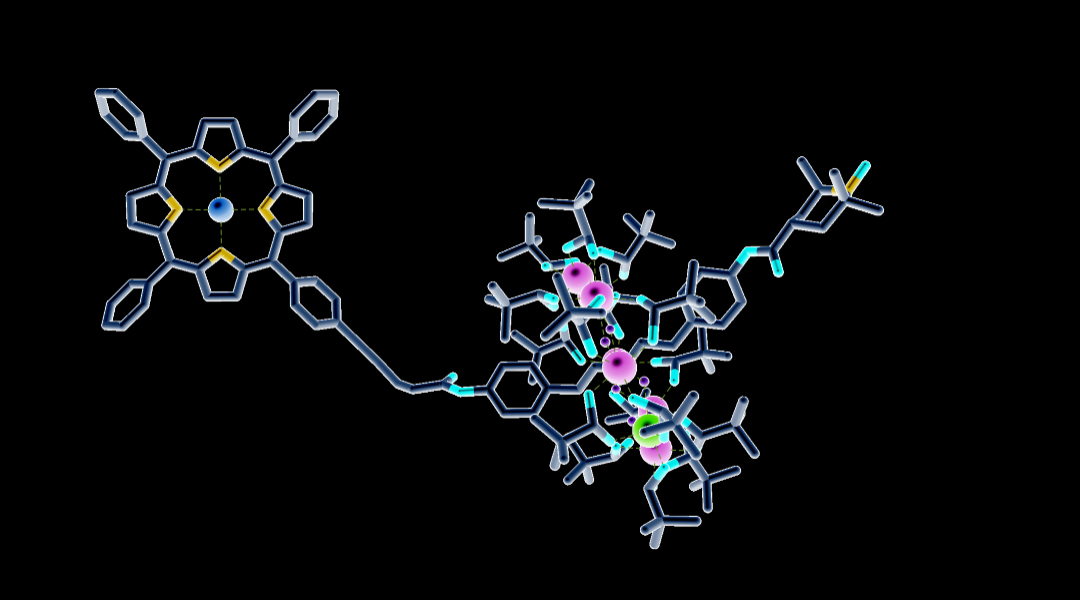Researchers from the Karlsruhe Institute of Technology and French colleagues from Grenoble and Strasbourg build novel quantum mechanical system.


Researchers from the Karlsruhe Institute of Technology and French colleagues from Grenoble and Strasbourg build novel quantum mechanical system.

Recent research offers a new spin on using nanoscale semiconductor structures to build faster computers and electronics.
Unexpected breakthrough could bolster quantum photonics and solar cell efficiency.

Bruce Harmon, Kai-Ming Ho, and Cai-Zhuang Wang will identify promising compositions of new magnetic materials that do not contain rare earth elements.

Understanding this unique form of superconductivity is crucial and could lead to exciting applications, like functional quantum computers.

Promising candidates for efficient future electronics, researchers are exploring these exotic materials for better computer memory, hard drives, even quantum computers.

A molecular complex was built to contain three distinct qubits, offering an intriguing architecture for future quantum computers.

The math of multi-particle entangled systems is fiendishly complex, but researchers have made a step forward.

Understanding room temperature superconductivity one step closer thanks to researchers looking at the effects of pressure.

Complex 3D nanoscale architectures based on DNA self-assembly can conduct electricity without resistance and may provide a platform for fabricating quantum computing and sensing devices.